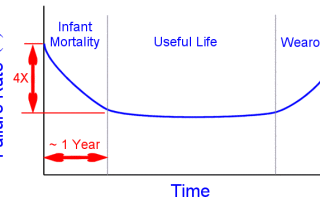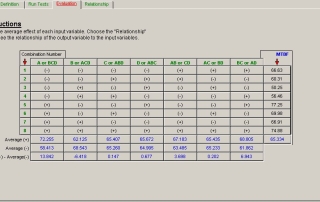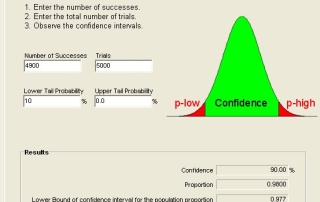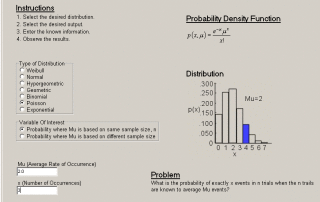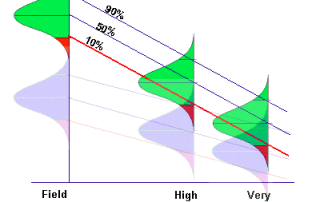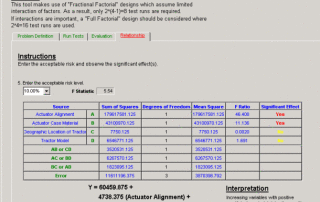A Test and Simulation strategy involves defining the “right” mix of each to ensure a design/process is optimized and is meeting both its internal and customer requirements. An appropriate strategy minimizes test risk, is based on accurate simulation of the operational environment, and cost-effectively applies available resources.
Lunchtime Learning Series
The “Lunchtime Learning” series is a group of short course tutorials are aimed at providing a basic introduction to a variety of topics in which our community members have expressed an interest. Read More
Environmental Stress Screening: Basic Steps in Choosing an ESS Profile
Environmental Stress Screening (ESS) is the process of exposing a newly manufactured product to environmental stresses in order to identify and eliminate latent defects introduced during the manufacturing process. It is part of the manufacturing process and is therefore performed on 100% of the items manufactured. Read More
Design of Experiments for Reliability Improvement
Many times we want to improve Reliability (or other Quality characteristics) by way of increasing positive and reducing negative factor effects that influence performance. Read More
Test Samples: How Many Are Needed?
For demonstrating product reliability the question of how many test samples are needed to be “X” percent confident of having met a reliability objective often comes up. Let’s say that manufacturer is going to produce 5,000 rooftop car carriers and is willing to tolerate roughly 100 returns over the next five years. How can this… Read More
Probability and Statistics for Reliability: An Introduction
Painful as it is to many of us, the generally desirable product characteristicReliability is heavily dependent on Probability and Statistics for measuring and describing its characteristics. This edition of Reliability Ques will only be the tip of the iceberg in this regard. Let’s start with a few basics: Read More
Using Accelerated Life Testing to Assess Warranty Risk
During a recent project, a question arose about the feasibility of providing a ten year warranty for a new system. The system consisted of a proven electronic assembly and 40 newly designed hybrid electronic modules. Warranty costs could be significant if reliability risks were not fully understood. The company producing the system Read More
Which Variables Are Critical to Field Reliability? Design of Experiments (DOE) Can Help Optimize Your Design
Engineers are often faced with the problem of optimizing a process that includes a number of input variables. It could be an analysis of a manufacturing process, or even an analysis of a business process. They’re often challenged to find ways to reduce Read More



